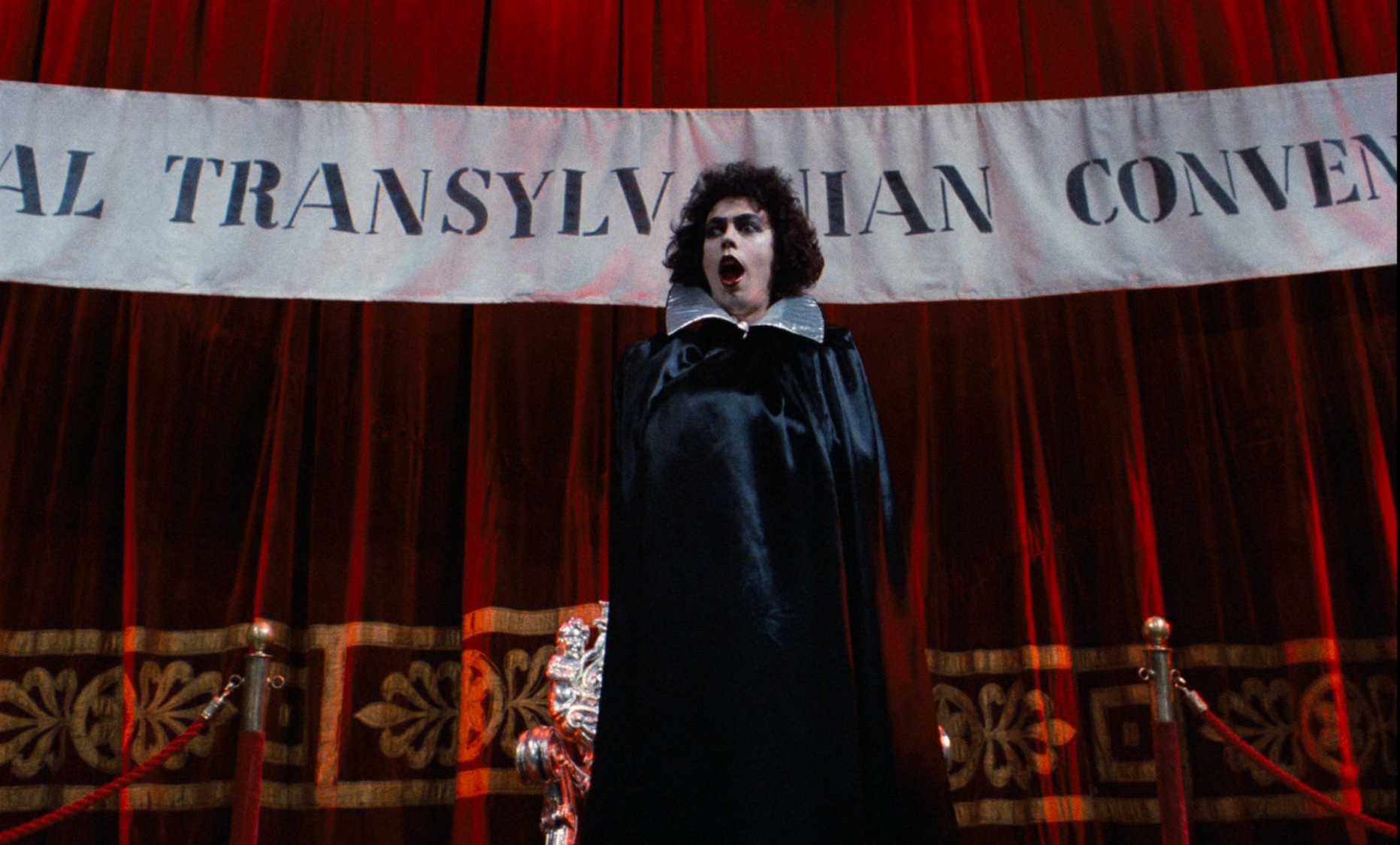Emotional Registers of Queer Representation: Gothic Expression in The Rocky Horror Picture Show and Vivienne Medrano’s “Addict”
Main Article Content
Abstract
Queer representation in media often relies on a limited perspective built around identity visibility. Who or what is this made to serve? As with the unhappy queer archives Sara Ahmed explores in The Promise of Happiness, queerness is rendered as a surface level struggle for legitimacy in society and relationships, that far too often ends in melancholy or despair. While non-queer audiences indulge in a temporary alignment with a vicarious interpretation of queer experience, the queer audience is presented with an often melancholic or distressing representation of our racist, hetero-patriarchal, neoliberal capitalist present. Working within western canons assembled through the fetishising of liberal rationality, to be outside the scope of the liberal human subject is a wide and deep realm of the undefined and unknown. This is the home of speculative fiction and where the sprouts of popular media were seeded. The gothic, horror, and science fiction grew out of the artistic impulses that clash at the borderlands between the rational and irrational, known and unknown, subject and object, human and queer.
The twisting meeting places of horror and queerness is experienced best within queer treatments of horror. A close reading of the queer emotional affects in the queer media products The Rocky Horror Picture Show’s “Floor Show” sequence and Hazbin Hotel’s music video “Addict,” demonstrates that queer representation is inclusively produced through emotional affects most visible in horror. Furthermore, the gothic and horror pastiche at work within these two particular segments shows Jack Halberstam’s low theory in action.
Article Details

This work is licensed under a Creative Commons Attribution 4.0 International License.
Authors who publish with this journal agree to the following terms:
- Authors retain copyright and grant the journal right of first publication with the work simultaneously licensed under a Creative Commons Attribution License that allows others to share the work with an acknowledgement of the work's authorship and initial publication in this journal.
- Authors are able to enter into separate, additional contractual arrangements for the non-exclusive distribution of the journal's published version of the work (e.g., post it to an institutional repository or publish it in a book), with an acknowledgement of its initial publication in this journal.
- Authors are permitted and encouraged to post their work online (e.g., in institutional repositories or on their website) prior to and during the submission process, as it can lead to productive exchanges, as well as earlier and greater citation of published work (See The Effect of Open Access).

